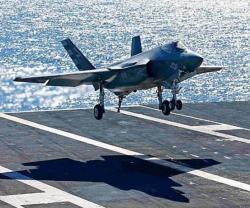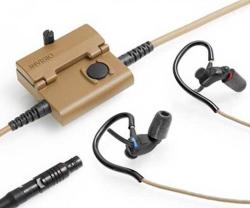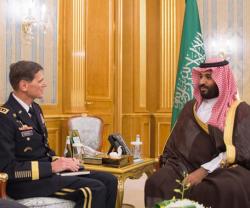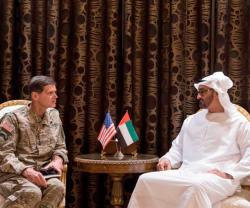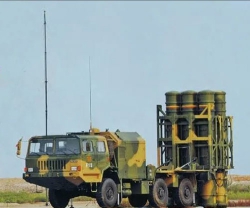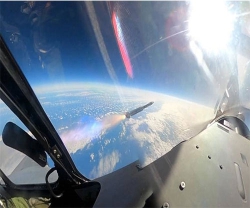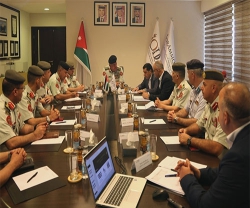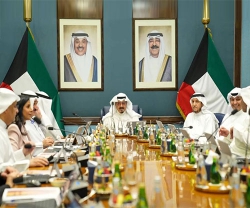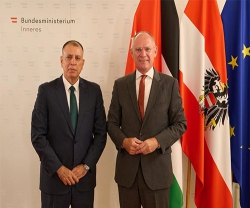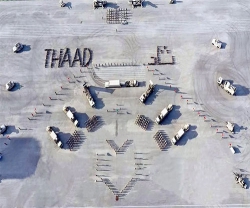The total contract, including all options, is currently estimated at $71.8 million and includes the procurement of an additional three radar systems, for a total of six radar systems and product support.
The radar, called the Three Dimensional Expeditionary Long Range Radar, or 3DELRR, is one of the first programs under the Department of Defense’s (DoD) Better Buying Power initiative to be designed for exportability, enabling U.S. forces, allies and security partners to benefit from the system.
“By choosing Raytheon's 3DELRR solution, the Air Force is purchasing an affordable, exportable radar. Raytheon's 3DELRR design is interoperable with coalition systems and capable of meeting the requirements of many international customers,” said David Gulla, Vice President, Global Integrated Sensors at Raytheon Integrated Defense Systems.
Raytheon's 3DELRR system is a gallium nitride (GaN)-based radar that operates in the C-band of the radio frequency spectrum. By using GaN, Raytheon was able to affordably increase the radar's range, sensitivity and search capabilities. C-band also offers the military increased flexibility because that portion of the spectrum is relatively uncongested.
“As the U.S. and other countries look to replace aging battlefield radars with low-cost yet cutting edge and highly capable systems, Raytheon's 3DELRR can meet that growing demand,” said Andrew Hajek, Raytheon's 3DELRR Program Director.
3DELRR will replace radars, such as the Vietnam-era AN/TPS-75, which are no longer able to keep pace with current and emerging threats.
Raytheon provides state-of-the-art electronics, mission systems integration and other capabilities in the areas of sensing; effects; and command, control, communications and intelligence systems, as well as cyber security and a broad range of mission support services.
Photo: 3DELRR Conceptual Design


